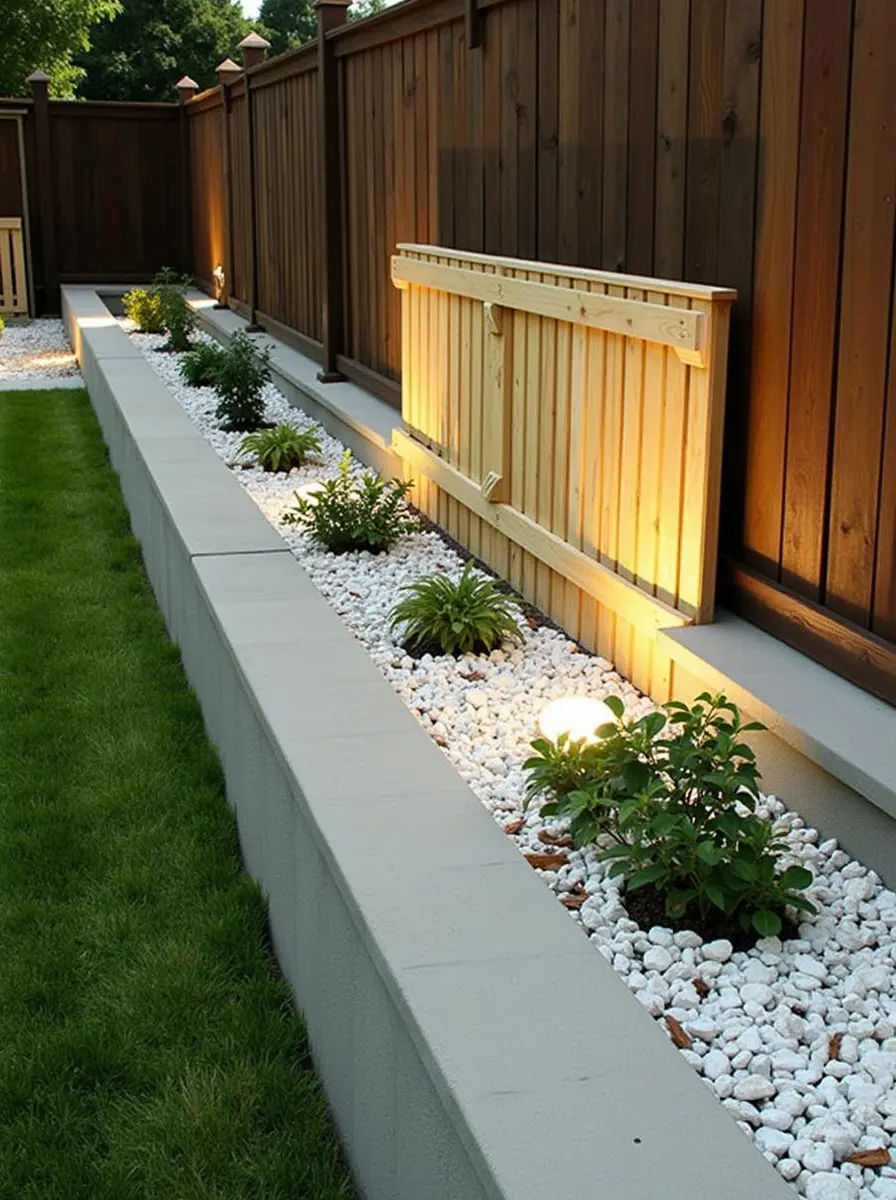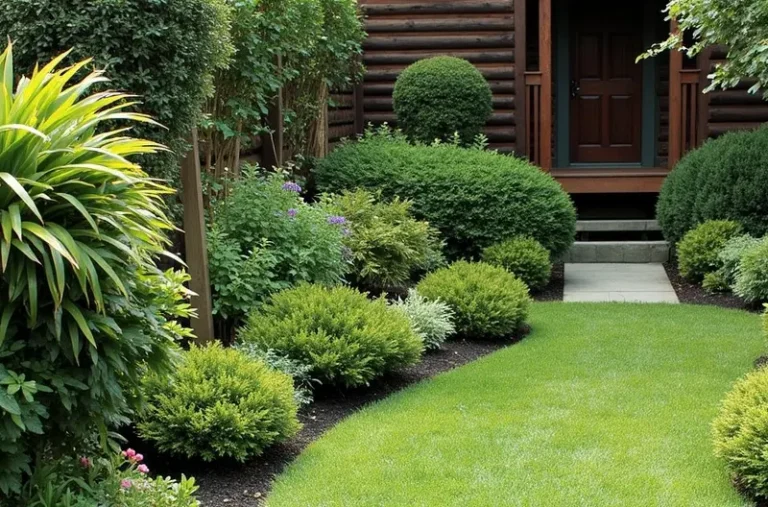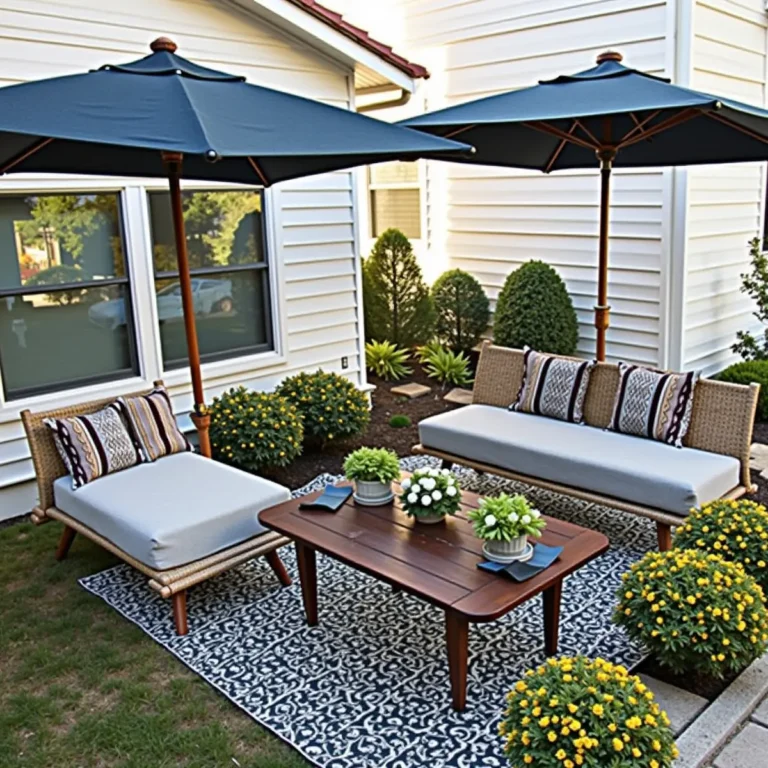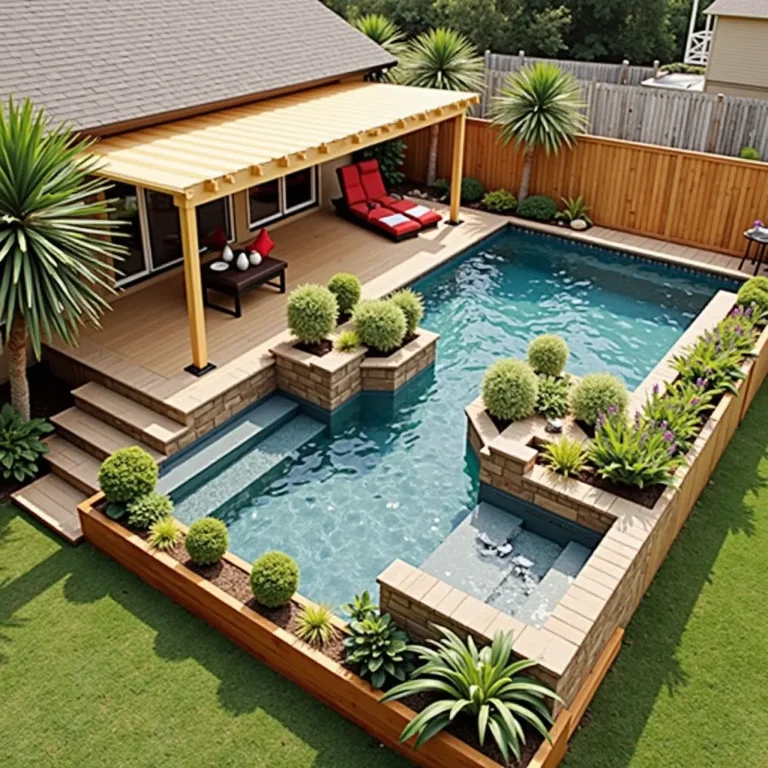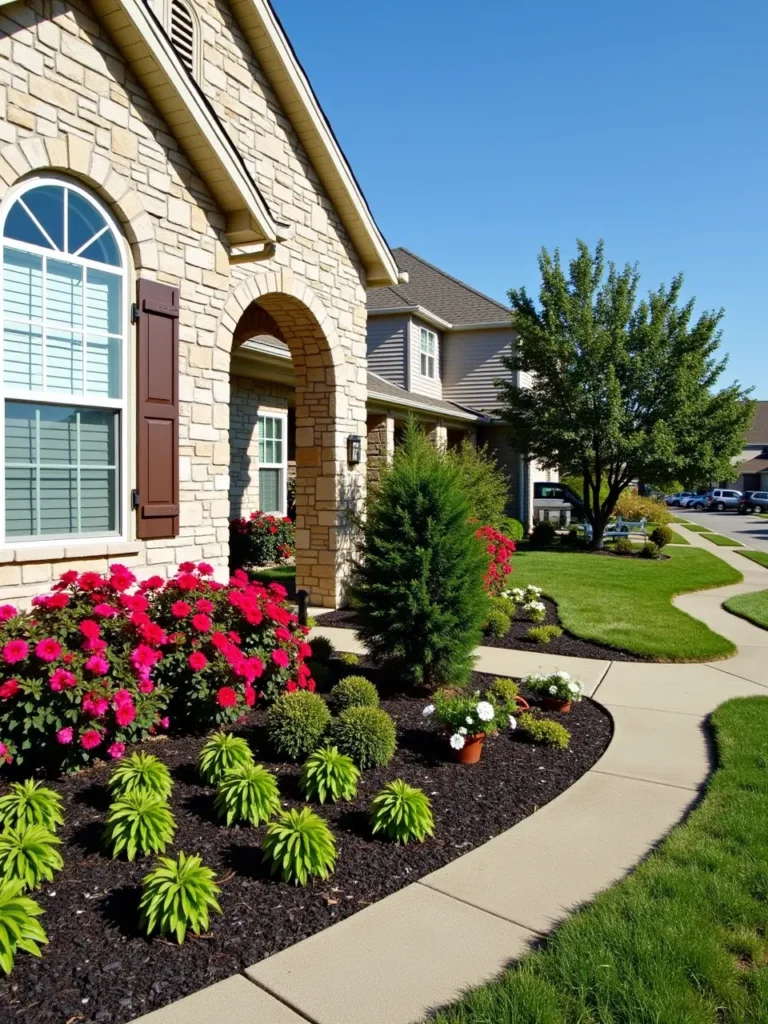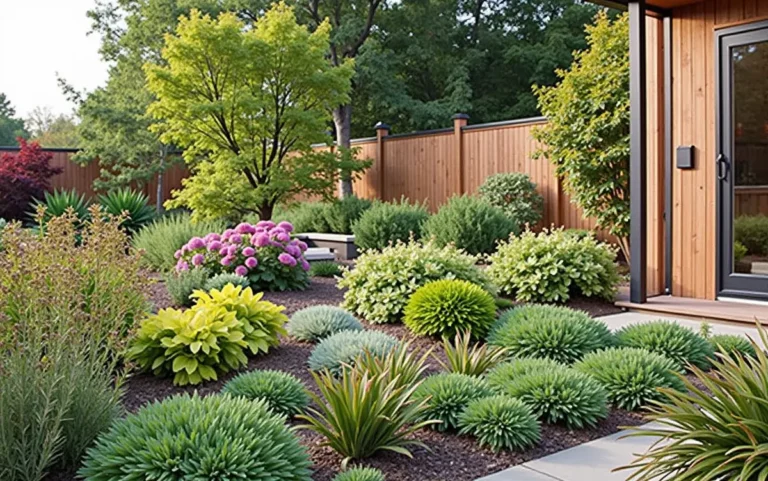Transform Your Yard: Expert Tips for Landscaping
Redoing Your Landscaping? Read This Before Tearing Out Old Plants!
Have you ever looked out at your garden and thought, “This just isn’t working for me”? Maybe the colors seem dull, or the layout feels outdated. As the seasons change, so do our tastes and preferences when it comes to landscaping. It’s easy to feel the urge to start fresh and tear everything out. However, before you grab those garden shears, let’s take a moment to reflect on the importance of your existing plants.
The Tale of Two Gardens
Consider the story of Sarah, an enthusiastic homeowner, who dreamed of a stunning garden filled with vibrant blooms. When she moved into her quaint cottage, she inherited a yard that had seen better days. Dead plants, overgrown shrubs, and weeds seemed to take over every inch of soil. At first, she thought about tearing everything out and starting anew. But as she sat on her porch one sunny afternoon, she noticed the few hardy plants surviving the neglect. That moment sparked an idea. What if she could breathe new life into those plants instead of throwing them away?
Inspired, Sarah began to slowly assess her garden. After some research, she realized that revitalizing her old plants could not only save money but could lead to a garden that reflected her personal style. This leads us to the first important lesson:
Assess Your Existing Garden
Before diving into a complete overhaul, take a step back and evaluate what you already have. Here are a few things to consider:
- Health of Plants: Assess the condition of your existing plants. Are any of them still healthy or have potential? Sometimes, simply pruning or replanting can reinvigorate a lackluster garden.
- Variety: Look for diversity among plants. Certain plants can provide structure or seasonal interest even during dormant seasons.
- Sentimental Value: Don’t underestimate the emotional aspect of your garden. Perhaps there’s a plant that has significant meaning to you or your family. These should be honored and preserved.
Designing Around Old Friends
Once you’ve assessed your plants, think about how you can design around them. The key is to enhance the existing plants rather than completely uprooting them. This journey can parallel Sarah’s, as she combined her current plants with a selection of new ones that complemented the old. Here are a few tips to help you:
- Layering: Use taller plants to create a backdrop for shorter blooms. This not only adds visual interest but also helps in spotlighting your existing plants.
- Color Palette: Choose new plants that harmonize with the colors of your existing ones. This can lead to an inviting and cohesive look.
- Seasonality: Incorporate seasonal plants that complement your year-round plants. This can ensure that your garden has visual appeal at every time of the year.
Maintenance Tips for Your Revamped Landscape
Now that you’ve revitalized your garden, it’s crucial to maintain it effectively. Here are some maintenance tips that will keep your plants flourishing:
- Soil Health: Periodically test your soil and amend it as necessary. Healthy soil leads to thriving plants.
- Regular Pruning: Keep your garden tidy and encourage growth by regularly pruning. A good rule of thumb is to remove dead or overcrowded growth.
- Water Management: Ensure that you have an adequate watering schedule. Newly planted varieties may require more water initially until they establish roots.
Conclusion: Create a Garden You Love
As Sarah learned, redoing your landscaping doesn’t always mean starting from scratch. By thoughtfully assessing what you already have and incorporating new elements, you can create a beautiful outdoor space that reflects your style and storytelling.
Remember, nature takes time to flourish, just like relationships. With a little patience and creativity, you can craft a garden that tells a story and stands the test of time.
FAQs
1. Can I save my existing plants if they look unhealthy?
Yes! Often, plants can be rejuvenated with proper care like pruning, repotting, and adjusting sunlight exposure.
2. What should I consider when choosing new plants to add?
Consider the climate, soil type, and the existing plant’s colors and growth habits. Aim for varieties that can thrive together.
3. How often should I assess the health of my garden?
Regular checks, at least seasonally, can help you catch any issues early. Look for signs of disease or pests.
4. Is it worth saving older plants?
Absolutely! Older plants can provide established roots and structure, and many have unique characteristics that new plants may lack.
5. How do I create a cohesive design with old and new plants?
Focus on color, height, and seasonality. Create layers and group plants with similar water and sunlight needs for the best results.
“
